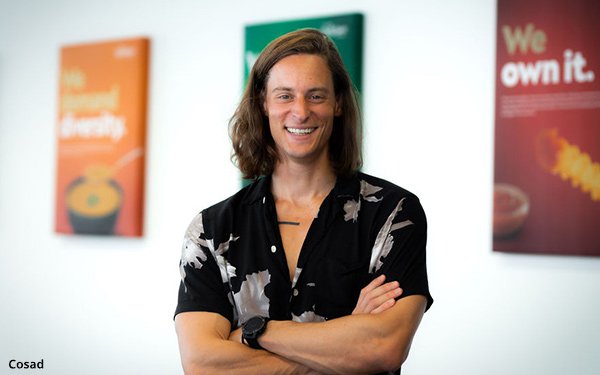
Kraft Heinz has a new approach to creating and measuring
creative. The content required for campaigns continues to grow as the company begins to segment and target more channels.
“We got to the point of not being able to manually manage the
scale of the creative production and measure the effectiveness,” says Matt Cosad, head of data and analytics at Kraft Heinz.
Kraft Heinz, which began working with VidMob last year,
uses analytics powered by artificial intelligence (AI) and human processes provided to better understand why creative connects with viewers.
The analytics provides insights into elements from
the product to the logo and placement of actors, color psychology and sound.
For example, according to one AI program, an advertisement was successful because of its tan and orange color.
While it correctly identified the element, the human in the loop saw that the color was actually the cup of coffee with milk in it, which performed better than ads with black coffee.
advertisement
advertisement
“It’s giving us an understanding of the technical minutiae on how products appear in advertisements and a lot of granular details we would not have thought about,” Cosad says.
VidMob can analyze more than 1.2 million attributes, with the ability to detect which elements will make campaigns perform better. What might seem to work on YouTube could work differently with
Reels per country. Key attributes could be color, facial expression or the background, making it impossible to do it manually.
About 50 individuals create assets across eight markets for the
international business, with about 250 across Kraft Heinz including North America and Canada.
Key insights from VidMob include the combination of scaled insight into color palates, granular
details about text, and analysis from the data points.
“The days of A/B tests where you see messages are gone,” he said. “The data granularity to compare across campaigns
gives us much more," he says, but can also lead to "drowning -- so we use it get a baseline using a standard set of metrics and go in-depth with the combination of what we gain from VidMob and
insights from analysts.”
For example, for Brazil, Heinz Kraft used VidMob to ingest about 70 of their most recent video and social ad campaigns to produce insight about how
products were created and featured. This changed the way the company created ads, resulting in better performance and engagement and lower CPMs.
Cosad says Brazil is an unusual market.
Marketers are able to make “brave, creative decision” such as changing the brand’s name to “Heinx” with an “x” to play on different accents. The brand
partnered with tattoo studios because tattoos are very popular among Brazilians. The brand also communicates much more often with consumers via platforms like WhatsApp.
Times are changing, and
the ability to manually review content is over, simply based on the amount of content that Heinz Kraft creates and uses. “We just can’t review 20,000 distinct assets manually per
year,” Cosad says. “Next year, we will double or triple as we add head count, and generative AI will ten-x it even further.”
When asked whether Heinz Kraft uses generative AI
today to engage with consumers, Cosad says the company does not, because the technology is not ready. The industry needs to work through several changes, including copyright challenges.
“In campaigns in Australia, we have used generative AI to create paintings that feature some of our Heinz products, but are not photorealistic,” he says. “It’s been very
good to use as a stepping-off point for inspiration, such as wondering if you could make a tomato look like a scary pumpkin. It helps you visualize the image very quickly.”